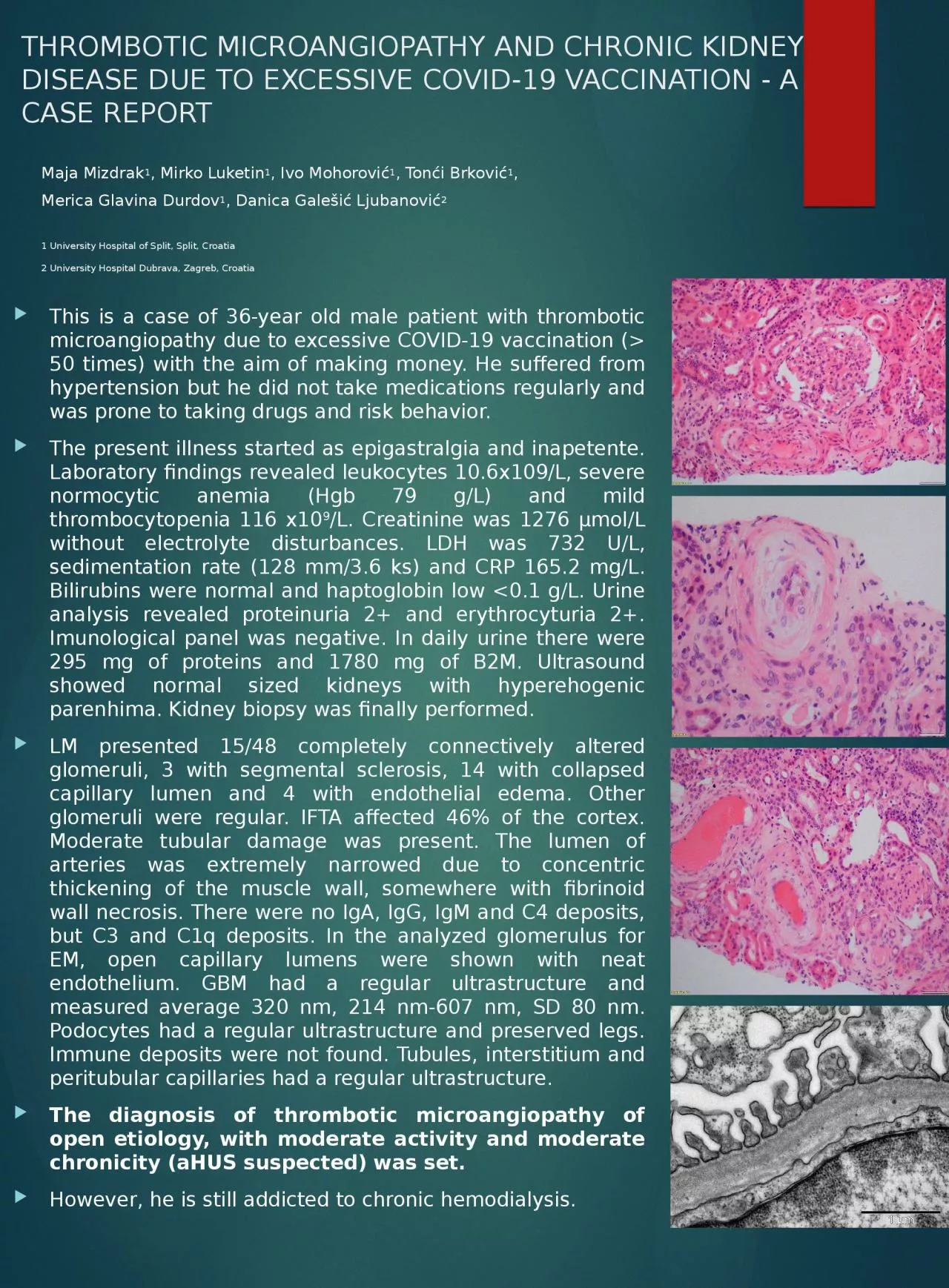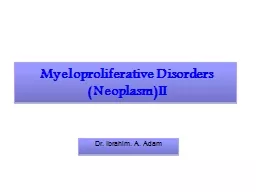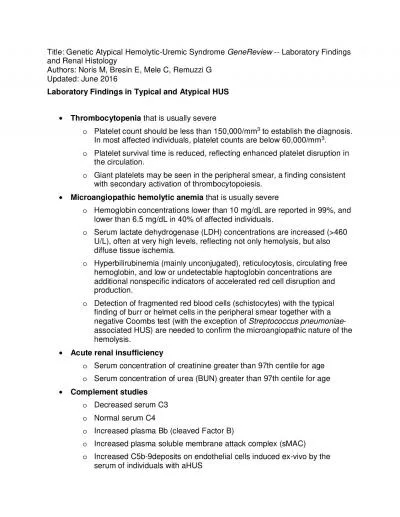PPT-THROMBOTIC MICROANGIOPATHY AND CHRONIC KIDNEY DISEASE DUE TO EXCESSIVE COVID-19 VACCINATION
Author : amey | Published Date : 2024-01-29
Maja Mizdrak 1 Mirko Luketin 1 Ivo Mohorović 1 Tonći Brković 1 Merica Glavina Durdov 1 Danica Galešić Ljubanović 2 1 University Hospital of Split Split
Presentation Embed Code
Download Presentation
Download Presentation The PPT/PDF document "THROMBOTIC MICROANGIOPATHY AND CHRONIC K..." is the property of its rightful owner. Permission is granted to download and print the materials on this website for personal, non-commercial use only, and to display it on your personal computer provided you do not modify the materials and that you retain all copyright notices contained in the materials. By downloading content from our website, you accept the terms of this agreement.
THROMBOTIC MICROANGIOPATHY AND CHRONIC KIDNEY DISEASE DUE TO EXCESSIVE COVID-19 VACCINATION: Transcript
Download Rules Of Document
"THROMBOTIC MICROANGIOPATHY AND CHRONIC KIDNEY DISEASE DUE TO EXCESSIVE COVID-19 VACCINATION"The content belongs to its owner. You may download and print it for personal use, without modification, and keep all copyright notices. By downloading, you agree to these terms.
Related Documents














